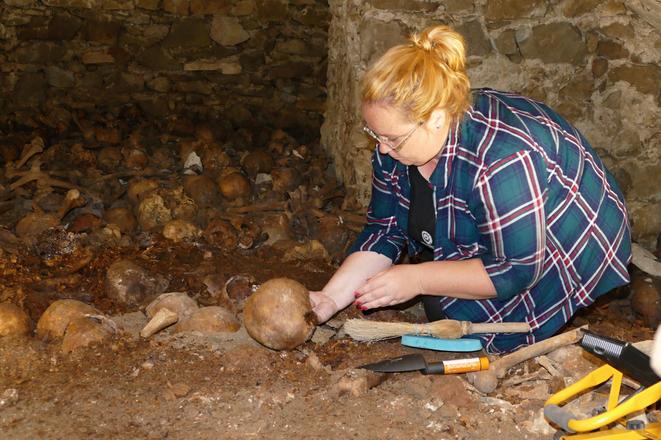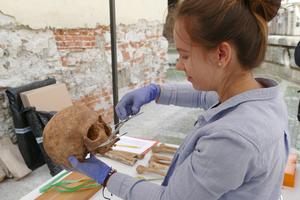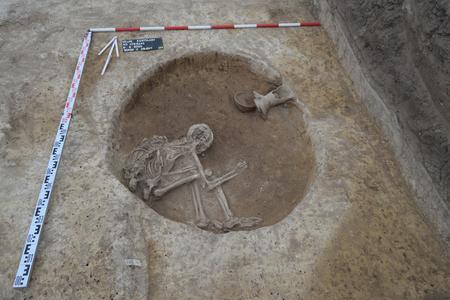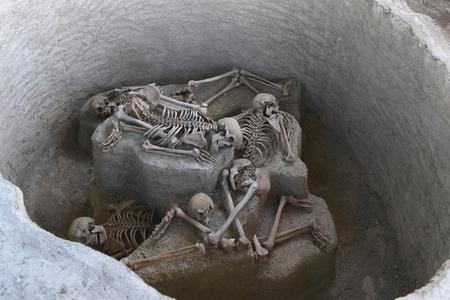Reconstruction of the Holy Trinity Cathedral in Žilina has uncovered unique secrets.
Archaeologists found a previously undiscovered crypt with hundreds of human skeletons. The forgotten crypt may have had its origin in the Middle Ages. The skeletons were probably put inside during the terrain adjustment at the beginning of the 20th century when the balustrade was built, My Žilina regional daily reported.
The remains come from the cemetery near Žilina church where people have been buried for several centuries. It is assumed that human bones and other objects from quite a long time ago are in the crypt.
Other phases will uncover more
After anthropological and archaeological research, the crypt may be made accessible for the public.
“We know from historic sources that directly under the church, there were five crypts and there were two others in the exterior,” said preservationist Vladimír Majtan, as quoted by My Žilina. “For now, we are not sure to whom the discovered crypt belonged.”
He noted that they are fairly sure the crypt belongs to the construction phase of the three-nave gothic basilica from the 14th century but they cannot exclude that it is linked with the church from the first construction phase from the 13th century.
“We will learn this during other phases of the reconstruction and the research will continue,” Majtan said for My Žilina.
Camera taking blind shots
Head of archaeological research Andrea Slaná from Považské museum in Žilina said that during this year's research, they succeeded in finding part of an earthen wall containing small fragments of bones.
“As we did not know what it is, we had to open it,” said Slaná, as quoted by My Žilina. “We found a hollow filled with a large amount of bone. Later, an arch and a small aperture appeared. It was not possible to see inside so we did not know what was located in this space.”
She explained that they put a camera inside and took blind shots. This is how the first photo from inside the crypt was made. They were amazed by what they discovered.
“There was a room full of human skeletons, soil and we saw fragments of fabric,” Slaná noted, as quoted by My Žilina. “We later cleaned the space and separated some of the human bones and findings. For example, we discovered a silver coin of Leopold I. from 1704 that was located right in the wall.”
Used instead of the ossuary
Majtan noted that there have always been cemeteries near churches. If the first phase of the church dates back to the 13th century, then a lot of people were buried here, he said. A new cemetery was established in the 18th century. He also explained that at the beginning of the 20th century, the levelling of the terrain included a massive number of graves.
“Because the crypt is big, it was probably used as an ossuary that had not existed up to that time,” he said, as quoted by My Žilina.
We do not know how many generations of people from Žilina and the surroundings are buried here, said a representative of Žilina diocese Peter Dubec.
“We would like to pull out the remains and put them in a dignified place. We are dealing with it in cooperation with the town of Žilina,” Dubec said for My Žilina.







